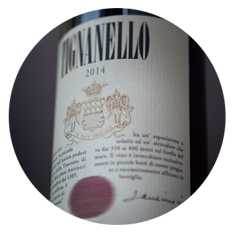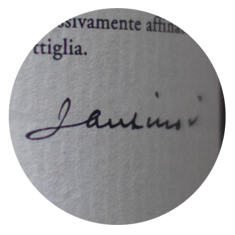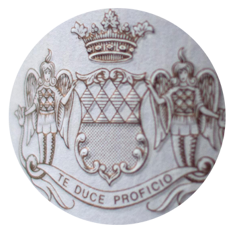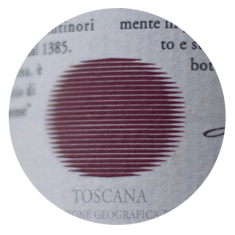Tignanello
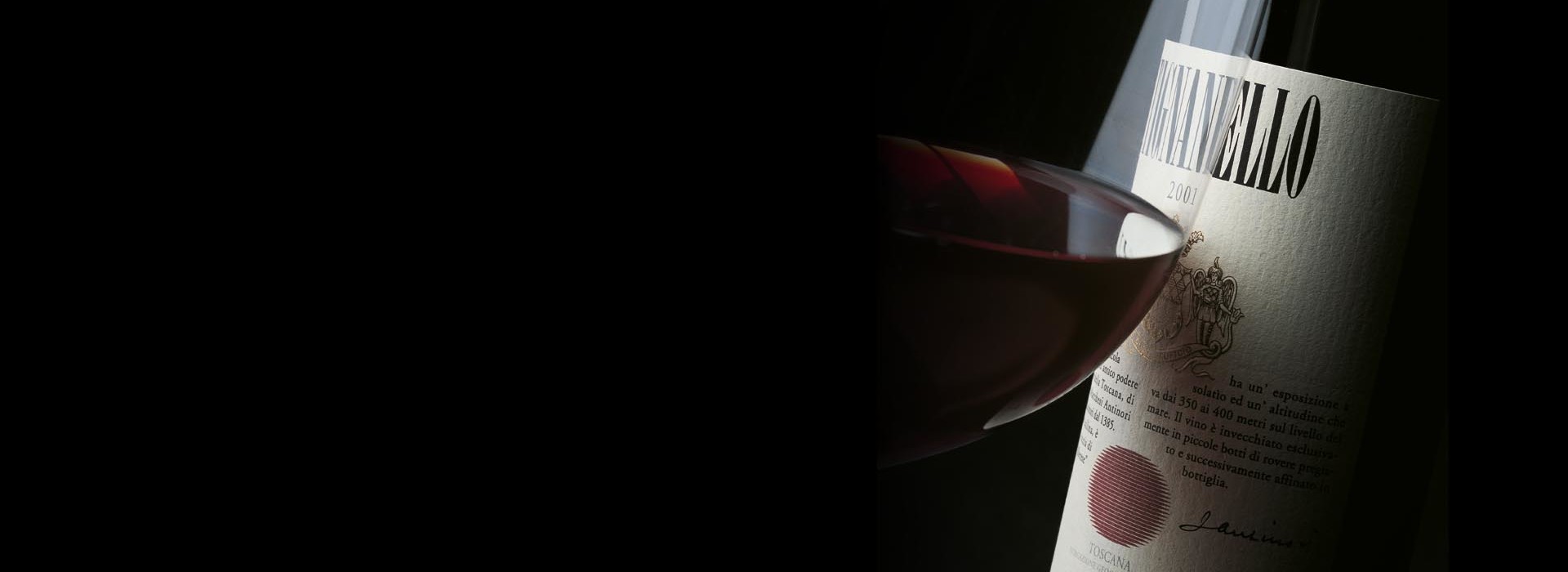
The Wine
Tignanello was the first Sangiovese to be aged in barriques, the first contemporary red wine blended with untraditional varieties (specifically Cabernet) and one of the first red wines in the Chianti Classico region that didn’t use white grapes. Tignanello is a milestone. It’s produced with a selection of Sangiovese, Cabernet Sauvignon and Cabernet Franc.
Historical Data
Tignanello is produced exclusively from the vineyard of the same name, a parcel of some 140 acres (57 hectares) with limestone-rich soils and a southwestern exposure at 1150-1325 feets (350-400 meters) above sea level at the Tignanello estate. It was the first Sangiovese wine to be aged in small oak barrels, the first modern red wine to use such non-traditional varieties as Cabernet in the blend, and among the first red wines from the Chianti Classico area to be produced without white grapes. The wine, originally called "Chianti Classico Riserva Vigneto Tignanello" (a Chianti Classico Riserva from the Tignanello vineyard), was produced for the first time from a single vineyard parcel in 1970, when the blend contained 20% of Canaiolo and 5% of Trebbiano and Malvasia, both white grapes, and the wine aged in small oak barrels. In 1971 it became a Tuscan red table wine rather than a Chianti Classico, and was called Tignanello. In the 1975 vintage the percentage of white grapes was definitively eliminated from the blend. Ever since 1982, the blend has been the one currently used. Tignanello is bottled only in favorable vintages, and was not produced in 1972, 1973,1974, 1976, 1984, 1992, and 2002.
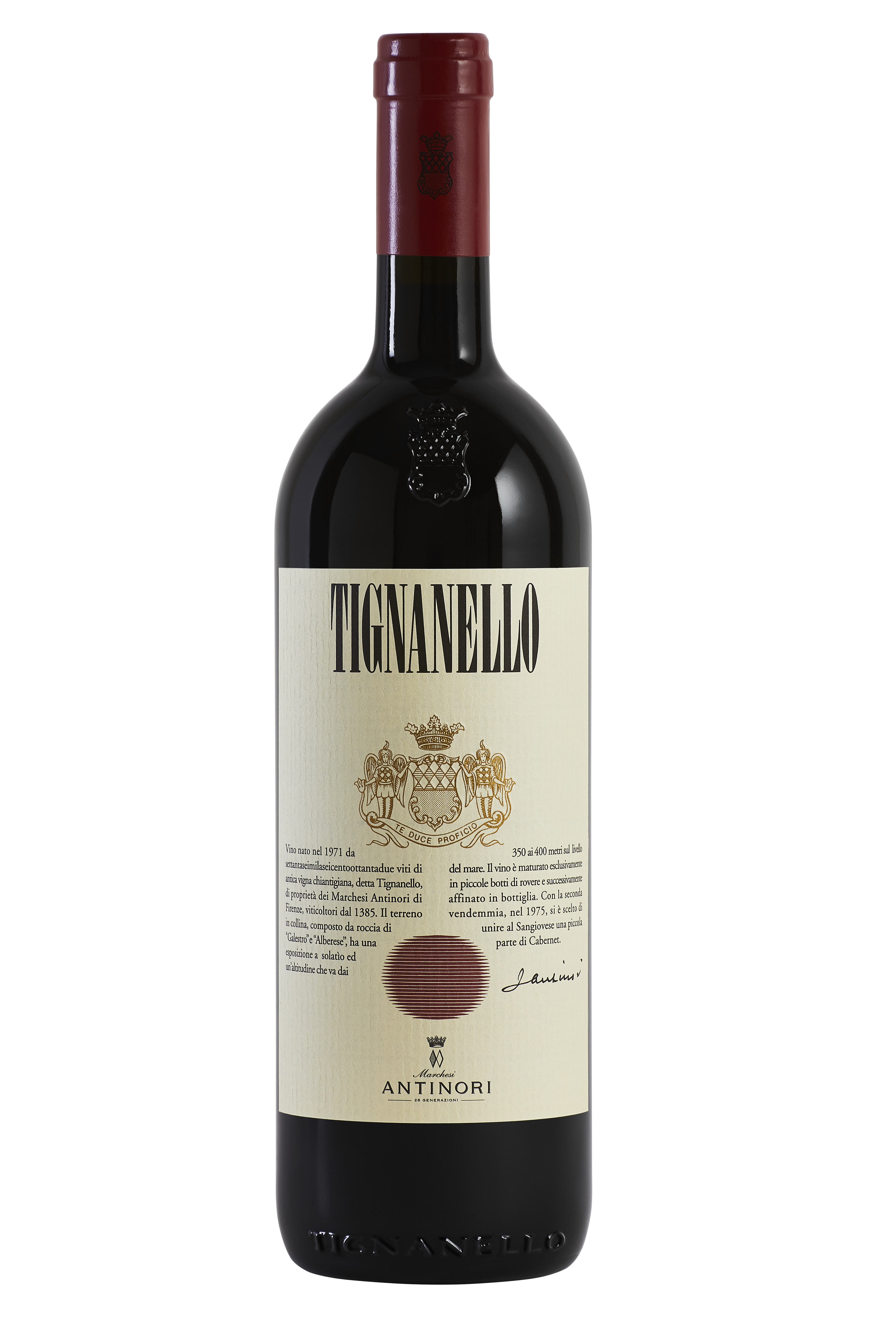
The Wine
Tignanello was the first Sangiovese to be aged in barriques, the first contemporary red wine blended with untraditional varieties (specifically Cabernet) and one of the first red wines in the Chianti Classico region that didn’t use white grapes. Tignanello is a milestone. It’s produced with a selection of Sangiovese, Cabernet Sauvignon and Cabernet Franc.

The Design
The label was designed by Silvio Coppola in 1974 for the release of Tignanello 1971. The idea to commission this artist was discussed at an event at Castello della Sala in 1973. Silvio Coppola was an important Italian graphic and interior designer who was famous for his minimalist lighting fixtures and austere furniture but also for book cover designs for Italian publishing company Feltrinelli. Silvio Coppola was the perfect match for the job.
The Signature
Marchese Piero Antinori, the current Honorary President, decided to have his father, Niccolò Antinori, sign the label as a sign of recognition for his father’s confidence in him.
Te Duce Proficio
The historic family crest of the Antinori family
The Sun
Tignanello’s stylized “Sun” by Silvio Coppola
Climate
The growing season was initially characterized by a late autumn 2007 and winter 2008 which were neither particularly cold nor wet, conditions which favored an early budding of the vine compared to preceding vintages. The spring, with the first appearance of vine vegetation, was marked by adverse weather: frequent rainfall until the end of May. This caused a slowing of plant growth, but did not compromise the health of the vineyard and vines. June and July, instead, were very warm and only August saw occasional precipitations which assisted the vineyards to continue the development of the vegetation and the grapes. September and October were highly favorable to picking operations, thanks as well as the excellent daily temperature swings from daytime to nighttime, particularly helpful to Sangiovese and optimal for the overall quality of the grapes. The Sangiovese harvest began during the second half of September, while the picking of the Cabernet continued until mid-October; the harvested grapes were of very high quality and totally ripe. From the very beginning of fermentation operations, the musts showed fine aromas and flavors and a very interesting color, both of which promised wines of a notable quality level.
Vinification
Favorable weather during the harvest period created the preconditions for a rigorously selective picking of the grapes both on the basis of the different ripening times of the various grape varieties and of the specific character of the individual vineyard parcels. This allowed the harvesting operations to choose the bunches first during the picking itself and subsequently during the phase in which the grapes arrived at the fermenting cellars and went through a careful choice of the individual berries as well. A selection aimed at guaranteeing the fermentation of musts of the highest possible quality. The fermentation went forward with carefully timed pumping over of the cap of skins and delestage (rack and return) operations in the tanks in order to conserve all of the finest varietal characteristics and the excellent color present in the berries. All of the varieties were fermented at average temperatures of 81° Fahrenheit (27° centigrade) and with peak temperatures which never exceeded 88° Fahrenheit (31° centigrade) in order to preserve to the maximum possible extent all of the fragrance and varietal character of the fruit. The musts, from the very beginning, showed great complexity, and the fermentation added elegance, typical varietal personality, and suppleness of tannins to the complexity. After the fermentation was completed, the wine was run off its skins and went immediately into small oak barrels, where it underwent a completely natural malolactic fermentation before the end of January. The wines of the various grape varieties were then blended and aged for a further twelve months in small oak barrels, and the blended wine racked at regular intervals to maintain clean and focused aromas. A final selection, barrel by barrel, preceded bottling, and the bottled wine was then given an additional year of cellar aging before commercial release.
Historical Data
Tignanello is produced exclusively from the vineyard of the same name, a parcel of some 140 acres (57 hectares) with limestone-rich soils and a southwestern exposure at 1150-1325 feets (350-400 meters) above sea level at the Tignanello estate. It was the first Sangiovese wine to be aged in small oak barrels, the first modern red wine to use such non-traditional varieties as Cabernet in the blend, and among the first red wines from the Chianti Classico area to be produced without white grapes. The wine, originally called "Chianti Classico Riserva Vigneto Tignanello" (a Chianti Classico Riserva from the Tignanello vineyard), was produced for the first time from a single vineyard parcel in 1970, when the blend contained 20% of Canaiolo and 5% of Trebbiano and Malvasia, both white grapes, and the wine aged in small oak barrels. In 1971 it became a Tuscan red table wine rather than a Chianti Classico, and was called Tignanello. In the 1975 vintage the percentage of white grapes was definitively eliminated from the blend. Ever since 1982, the blend has been the one currently used. Tignanello is bottled only in favorable vintages, and was not produced in 1972, 1973,1974, 1976, 1984, 1992, and 2002.
Tasting Notes
Tignanello 2008 is the wine of a vintage in which the grapes reached excellent levels of ripeness, and this is reflected in its intense ruby red color, its important aromatic concentration, its notes of ripe red fruit and jam accompanied by spice, vanilla, and liquorice. The palate is distinguished by a dense and elegant texture sustained by the vibrant acidity of the Sangiovese, by tannins of a lovely suppleness, and by an extremely long and lingering finish.
Scheda
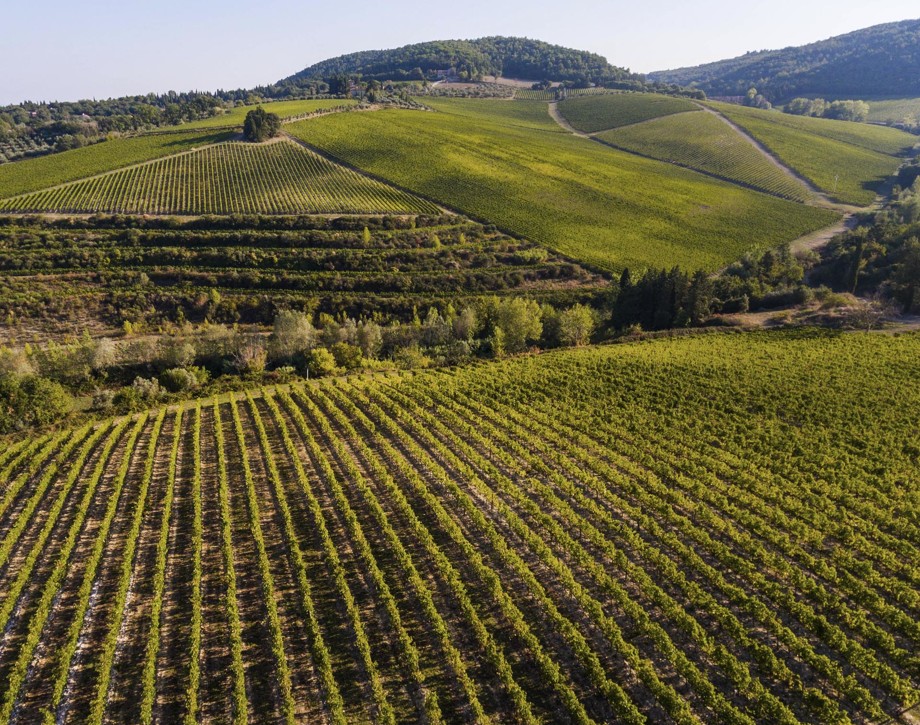
Tenuta Tignanello
The Tenuta Tignanello estate is in the heart of Chianti Classico, in the gently rolling hillsides between the Greve and Pesa river valleys. It extends over an area of 319 hectares (788 acres), of which about 130 (321 acres) are dedicated to vines. Two of the estate’s prized vineyards are on the same hillside, Tignanello and Solaia, on soils that originated from marine marlstone from the Pliocene period rich in limestone and schist. The vines enjoy hot temperatures during the day and cooler evenings throughout the growing season. The estate’s two signature wines, Solaia and Tignanello, are produced from these vineyards and have been defined by the international press as “among the most influential wines in the history of Italian viticulture”. According to Marchesi Antinori, Solaia and Tignanello are an ongoing challenge and a never-ending passion. The Tignanello estate has vineyards of indigenous Sangiovese grapes as well as some other untraditional varieties such as Cabernet Franc.
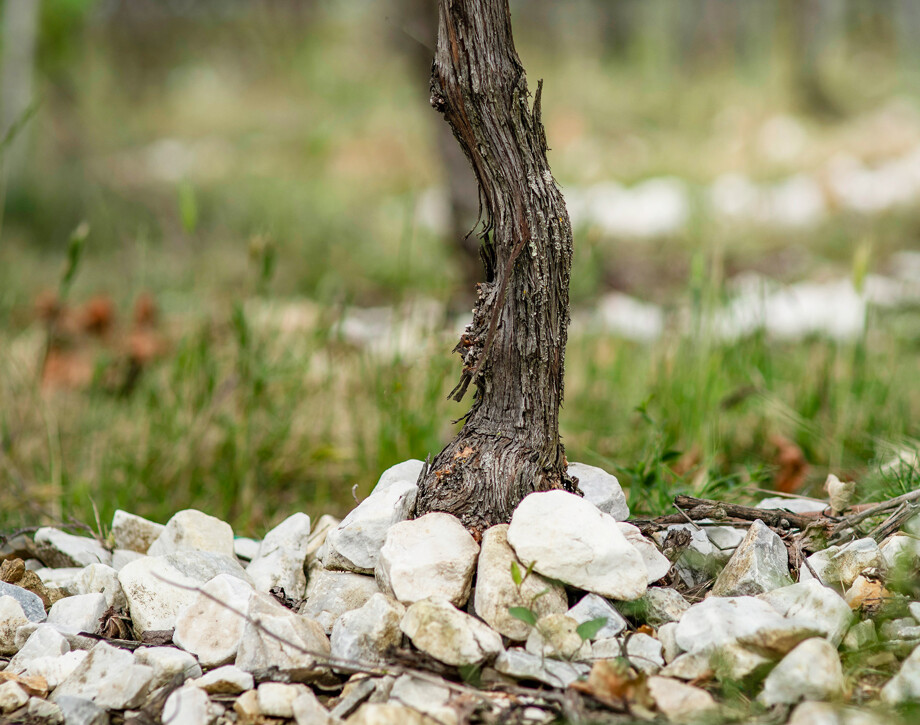
Soil
Calcareous rocky soils with alberese (marl limestone) and marl.
